Sponsor Content Created With Flowerbulbs.eu
How to Best Plant Bulbs This Fall to Guarantee a Gorgeous Garden Come Spring
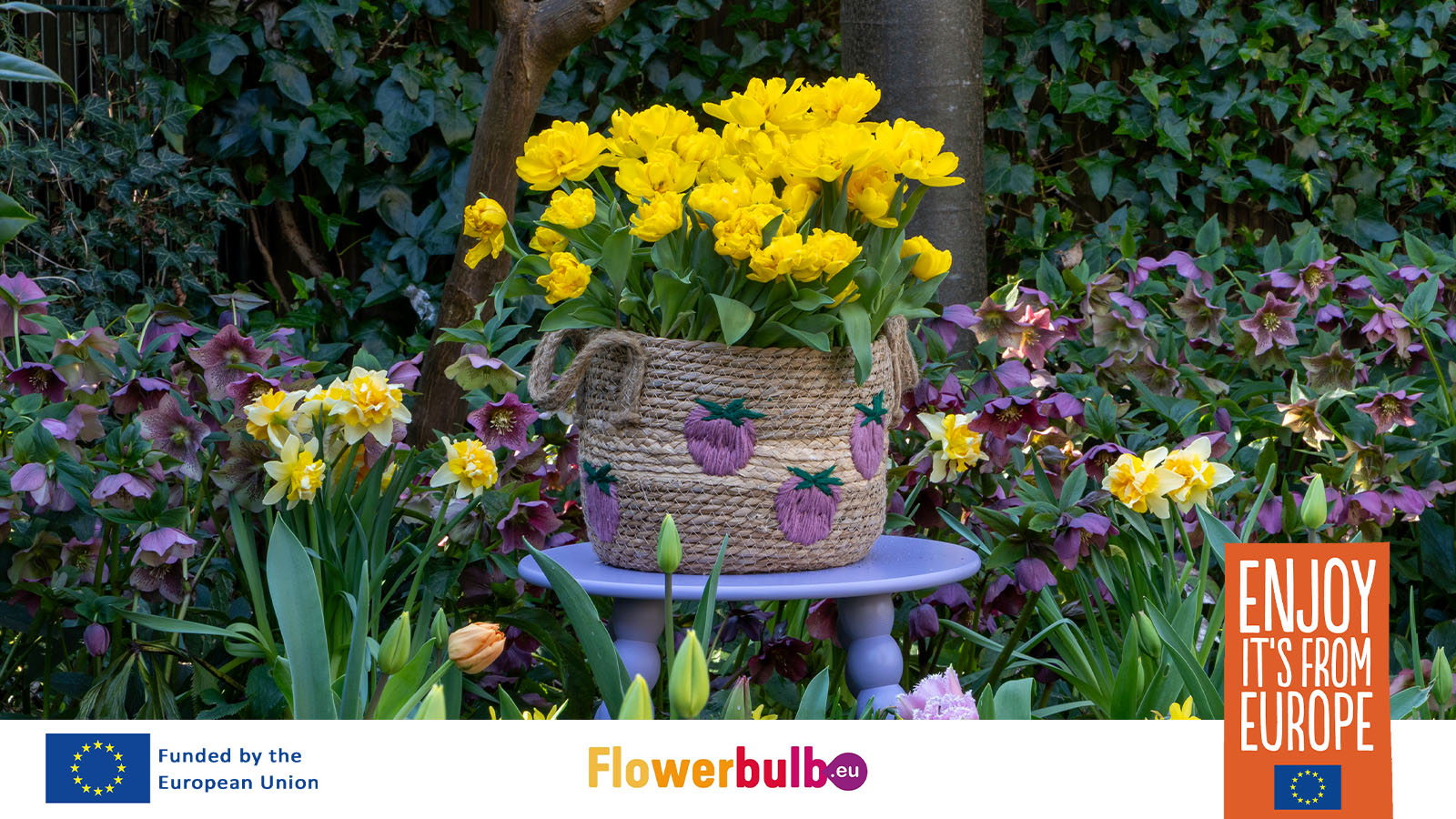

Spring might feel far away, but having a colorful, blooming garden early next season comes down to what you do this fall. Fall is bulb-planting time, an opportunity to prep your garden for the end of winter when color returns to your world. Whether you're a newbie gardener or someone with a few flower-filled years under your belt, planting spring-flowering bulbs in the fall is one of the easiest, most rewarding garden activities you can do.
The spring garden of your dreams is way easier to create than you might think. With a little planning, a bit of digging, and the right bulbs, you can create an in-ground or container garden that's photo-worthy by the time the weather warms next year. Let's break down the five steps to getting your spring blooms underway, courtesy of Flowerbulbs.eu.
1. Plant Spring-Flowering Bulbs This Fall
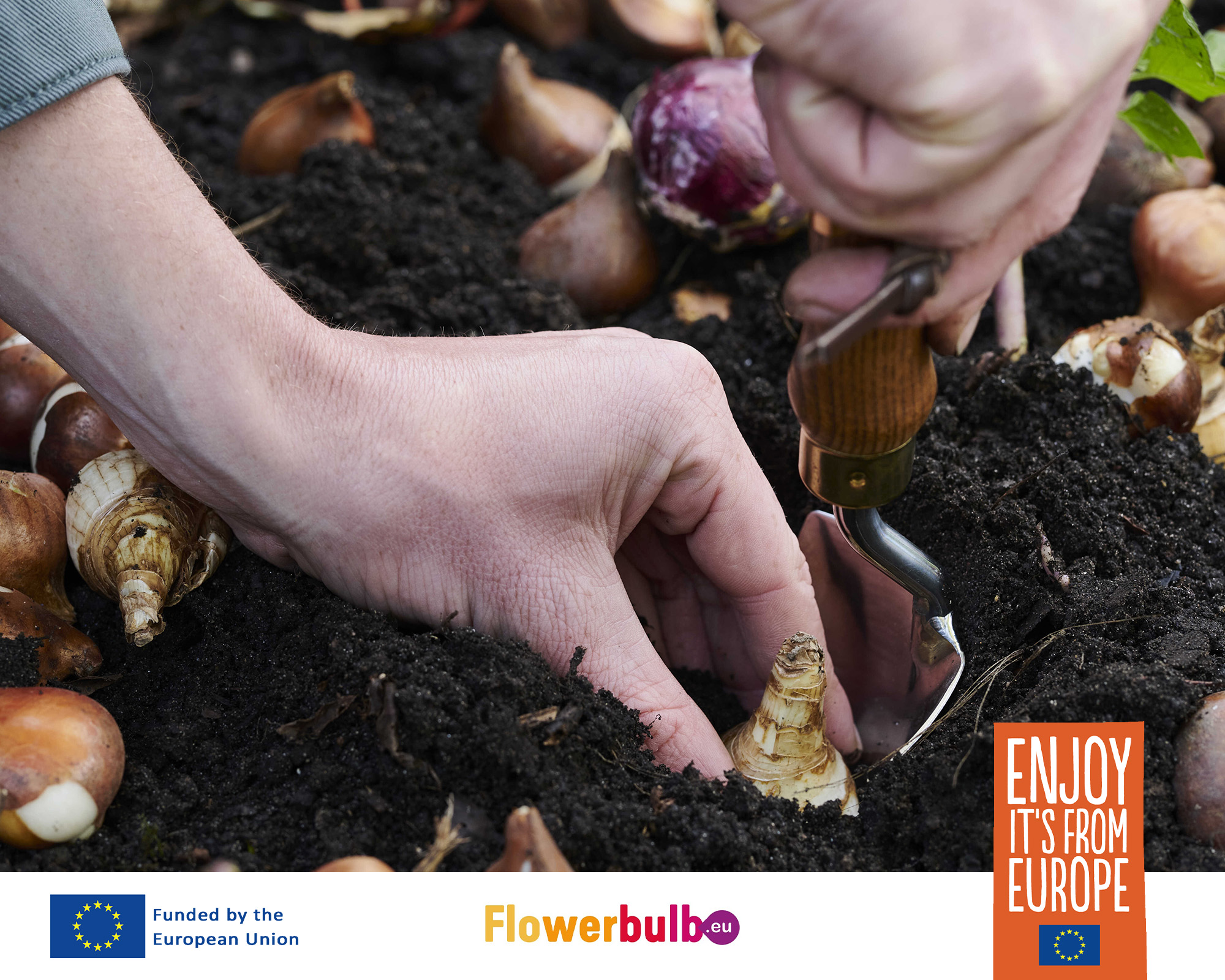
Spring-flowering bulbs should be planted in the fall. The ideal timing is when the temperatures have started to cool but the soil is still workable. Aim to plant your bulbs when nighttime temperatures are consistently between 40°F and 50°F. Depending on your location, that could be any time from late September to early November. Planting before winter's cold settles in allows the bulbs to establish roots and then go dormant (i.e., go to sleep) for the winter. This chill period sets them up to bloom beautifully come spring.
Not sure when to plant your spring-flowering bulbs? This guide provides a recommended planting time for each USDA Hardiness Zone. If you’re unfamiliar with your zone, find it using your ZIP code.
- Zone 2 (-50 to -40°F): early September
- Zone 3 (-40 to -30°F): mid-September
- Zone 4 (-30 to -20°F): late September to early October
- Zone 5 (-20 to -10°F): late September to early October
- Zone 6 (-10 to 0°F): mid-October
- Zone 7 (0 to 10°F): early November
2. Choose the Right Bulbs
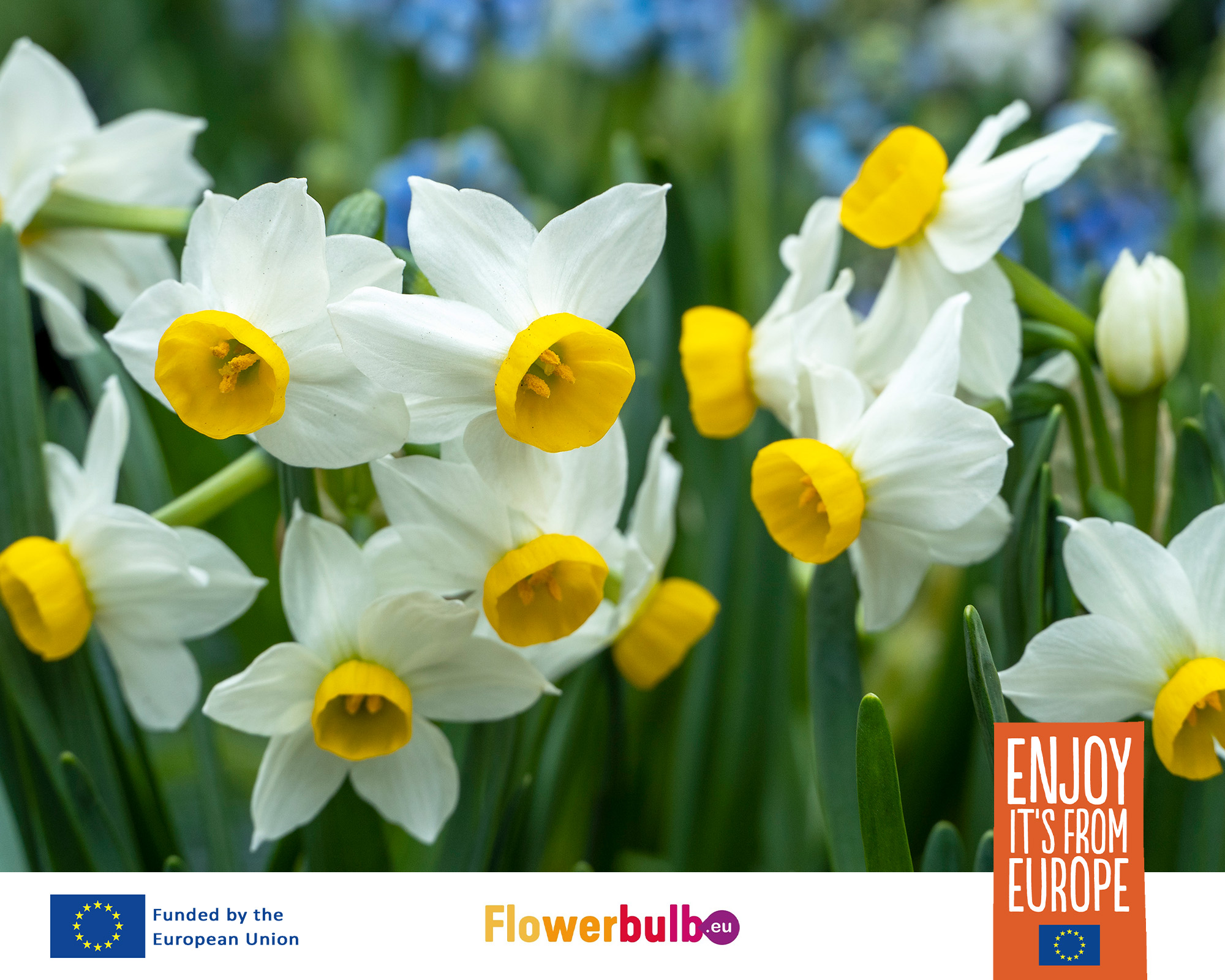
With dozens of different spring-flowering bulbs to choose from, it can be hard to pick! While there are no "wrong" bulbs, the right bulbs for you will be those that satisfy your needs and desires. If you want some late winter/early spring color, plant snowdrops and crocuses. Want a spring meadow look? Chionodoxa is the bulb for you.
Some other favorites for spring color include:
Tulip: This classic spring bloomer is available in nearly every color. These are great for flower beds, and with different varieties emerging at various times, you can plan a tulip display that will extend over eight weeks! They also look fabulous in containers.
Daffodil (Narcissus): These are bright yellow and white blooms, sometimes with touches of orange and peach depending on the variety. Bonus: They are deer-resistant, too!
Crocus: Tiny but mighty, crocuses in purples, yellows, and whites add pops of color to early spring lawns, borders, and containers.
Hyacinth: These fill the spring air with unbelievable fragrance and are ideal near walkways or entryways.
Grape Hyacinth (Muscari): This compact bloomer packs loads of purple, pink, and white and is beautiful lining flower beds and walkways. They are also beloved by pollinators and spread over time.
For real conversation starters in the garden, Alliums dazzle with tall, globe-shaped, purple or white bee-attracting flowers, and Checkered Lilies (Fritillaria meleagris) add some flair with bell-shaped, checkerboard-patterned blooms.
3. Prep Your Planting Space
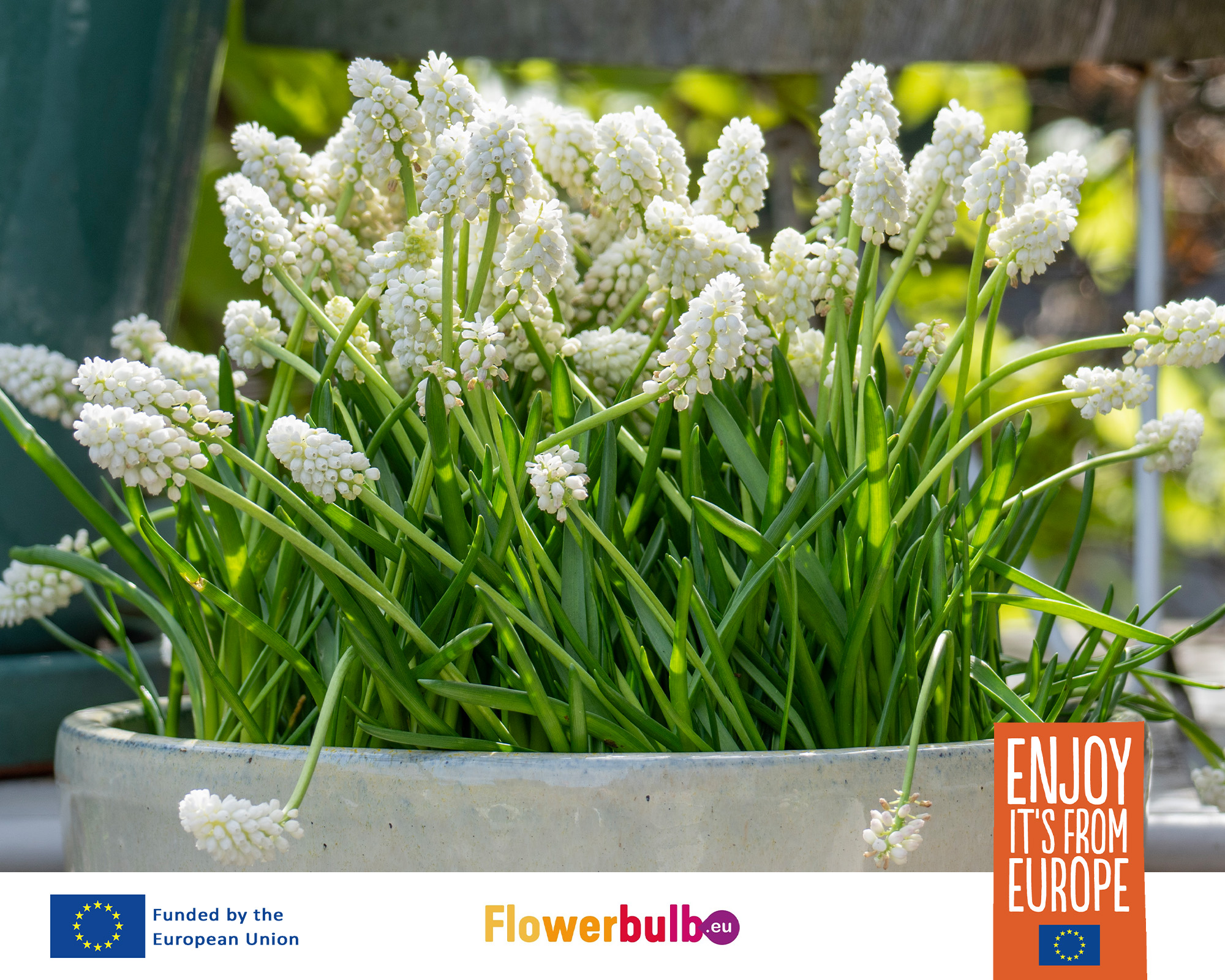
The best thing about bulbs is that they look good anywhere. Whether you plant them in your lawn, a flower bed, a patio container, or among the shrubbery, bulbs are super flexible and add color to any environment.
First, find a space that gets plenty of sun. Keep in mind that the fully leafed tree in your yard may be bare when your bulbs bloom next spring.
If you are planting in the ground, loosen the soil in that spot to about 6–8 inches deep. Mix in a bit of compost or add in some organic bulb fertilizer to help your bulbs establish roots before cold temperatures set in.
Pro Tip! If you suspect chipmunks, voles, or other critters may try to snack on your newly planted bulbs, place chicken wire on the ground above the bulbs to prevent animals from digging. Also, place sharp-edged gravel in the holes so that it cradles the bulbs. Find more suggestions for protecting your bulbs from munching creatures at Flowerbulb.eu/.
No ground? No problem. Prepare containers with a well-draining planting mix. Be sure the containers have drainage holes, as soggy soil will cause the bulbs to decay. Keep in mind that bulbs planted in containers are not protected by the natural insulation that in-ground soil provides, so the bulbs are more vulnerable to above-ground cold temperatures. Be sure to purchase bulbs that are hardy to at least two zones colder than where they will be planted in containers. For example, for zone 7, use bulbs hardy to zone 5 or below. Often, gardeners in colder regions will plant bulbs in containers and store them in a protected shed or garage. Flowerbulb.eu has more tips on how to plant spring-flowering bulbs in containers.
4. Get to Planting!
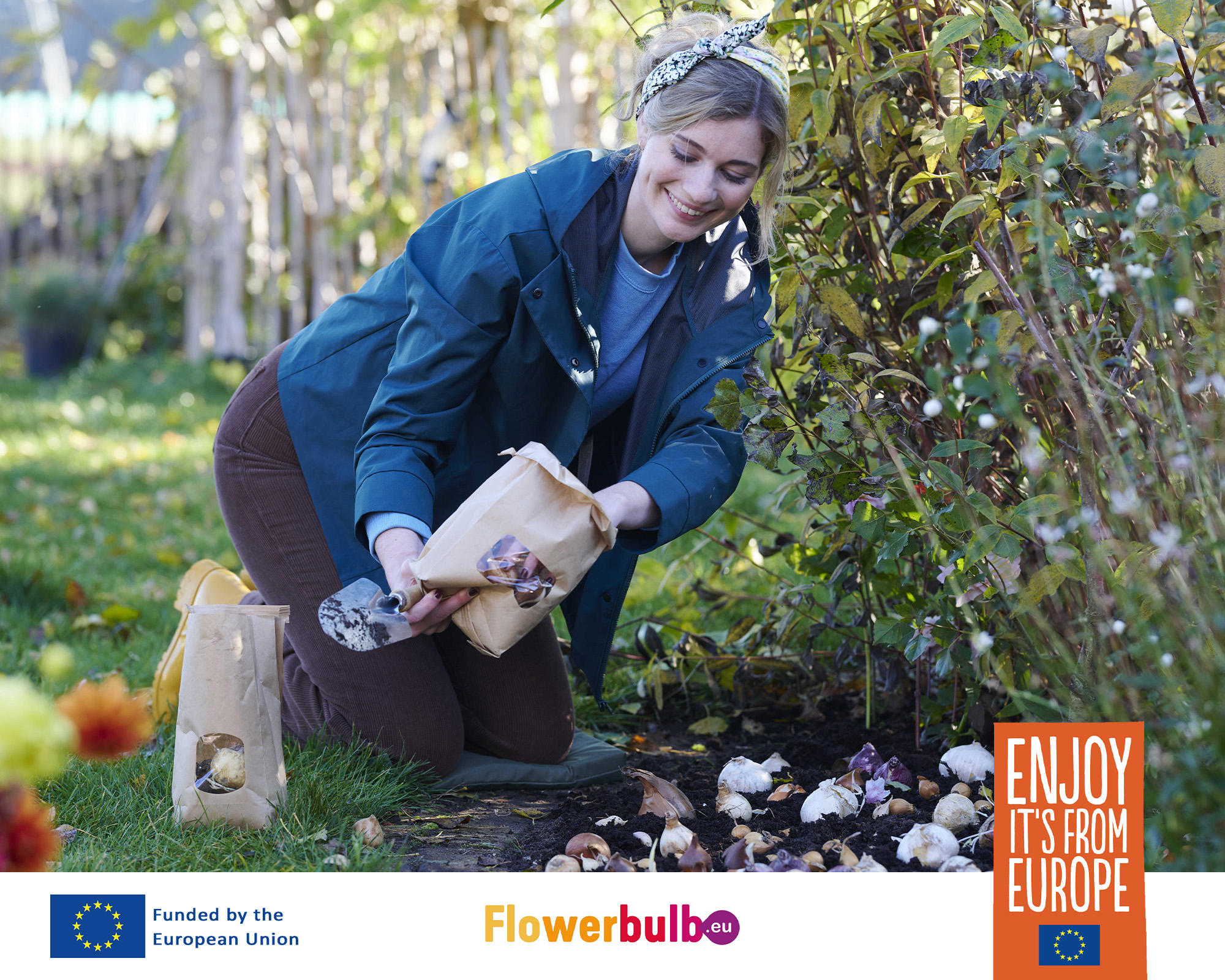
Planting bulbs is super easy. There are three general rules to follow:
- Plant the bulb at a depth of about two to three times its height. For example, a 2.5-inch tulip bulb should be planted in a hole that is 5–7.5 inches deep.
- Place the pointy end of the bulb facing up and the root end down in the hole.
- The bigger the bulbs, the farther apart you should plant them. Tulip bulbs, for example, need more room to grow than do smaller scilla bulbs.
Once the bulbs are in the holes, just cover them with soil, press down gently, and then water the patch thoroughly. No need to water again. Easy!
5. Care for Your Bulbs
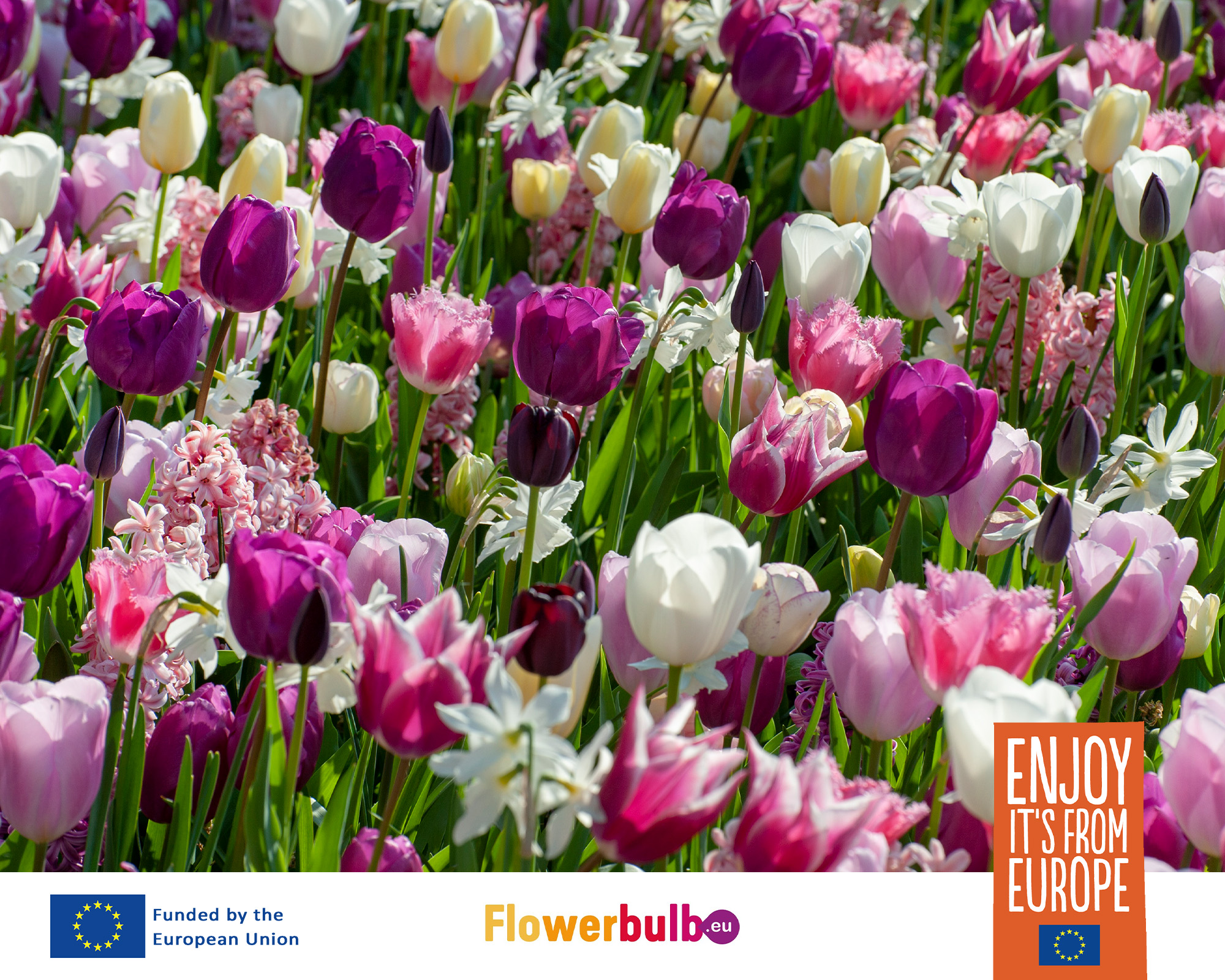
Once they go in the ground, your bulbs don't need much in the way of care. Natural rainfall should give them the moisture they need. If you experience a dry fall, give them some water before it snows.
An added treat for your bulbs (like a spa day) is to lay some mulch over them. This helps insulate them, conserve moisture, and keep weeds down. Mulch also protects the bulbs from winter's inevitable thaw-and-freeze cycles. But wait to apply that mulch (a 2–3 inch layer of shredded leaves will do) until the ground becomes quite cold.
Spring’s Big Reveal
Depending on which bulbs you planted, you could see green leaf tips poking through the ground—or even the snow!—as early as February and March depending on your hardiness zone. Your little bit of effort in the fall is about to pay off, big time. Treat your bulbs kindly when they bloom, and they'll continue to flower for several years. What does that care look like?
- Give them a dose of organic bulb fertilizer just as those leaves emerge from the soil.
- Let the leaves die back naturally after they've flowered. Those leaves are necessary to feed the bulb for next year's growth.
Not sure you want to commit long-term to that color palette? Want to change up your flower assortment? Want a garden free of dying foliage? It's okay to treat spring bulbs as annuals and dig them up after they flower. Give the old bulbs to friends and neighbors, and get to dreaming of next spring's bulb display.
For more information about how beautiful your spring bulb gardens can be, find inspiration in the way of bulb combos, planting hacks, and staggered bloom times by visiting Flowerbulb.eu.
Sign up for the Gardening Know How newsletter today and receive a free copy of our e-book "How to Grow Delicious Tomatoes".

Ellen Wells is a horticultural communications consultant with 30 years of experience writing about all aspects of the gardening world.
She has worked for many of horticulture’s biggest brand names, writing blog posts, articles, press releases, and design and instructional pieces. Her previous roles include Senior Editor and Editor-at-Large for Ball Publishing.
Ellen is based in New England where she gardens in Zone 7a. She loves tending to flower-filled containers on the patio and puttering around her vegetable garden.
-
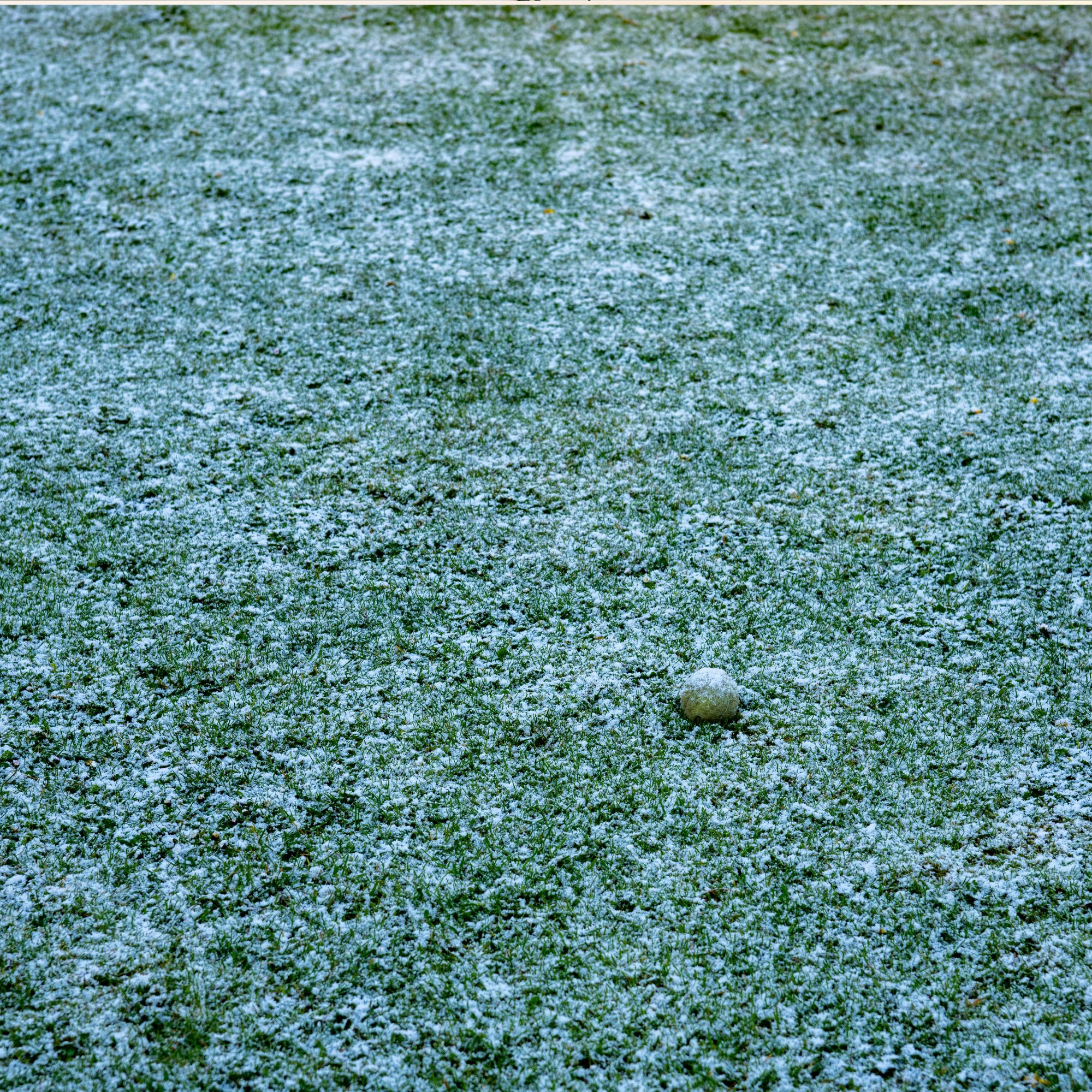 Why Gardeners Are Being Urged To Scatter Tennis Balls Across Snowy Yards This Winter
Why Gardeners Are Being Urged To Scatter Tennis Balls Across Snowy Yards This WinterYes, tennis balls are now being touted as a winter garden essential... but why?
-
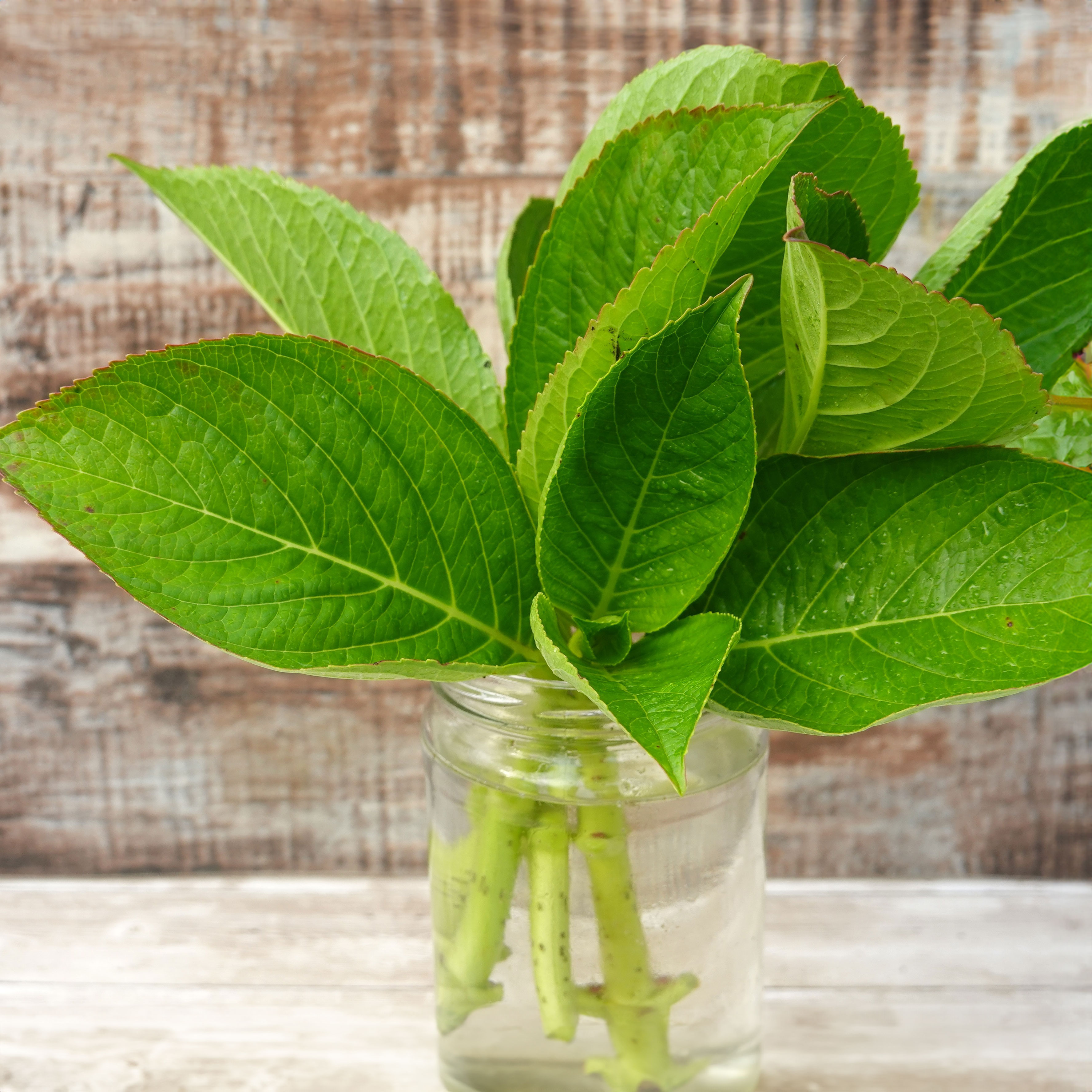 This Simple Glass of Water Trick Can Multiply Your Hydrangeas for Free and Guarantee They Match Your Favorites
This Simple Glass of Water Trick Can Multiply Your Hydrangeas for Free and Guarantee They Match Your FavoritesGrowing more hydrangeas from scratch is simpler than you think. Skip the soil and propagate hydrangea with water for a low-effort method that produces true-to-type new plants at no extra cost
-
 This Simple Glass of Water Trick Can Multiply Your Hydrangeas for Free and Guarantee They Match Your Favorites
This Simple Glass of Water Trick Can Multiply Your Hydrangeas for Free and Guarantee They Match Your FavoritesGrowing more hydrangeas from scratch is simpler than you think. Skip the soil and propagate hydrangea with water for a low-effort method that produces true-to-type new plants at no extra cost
-
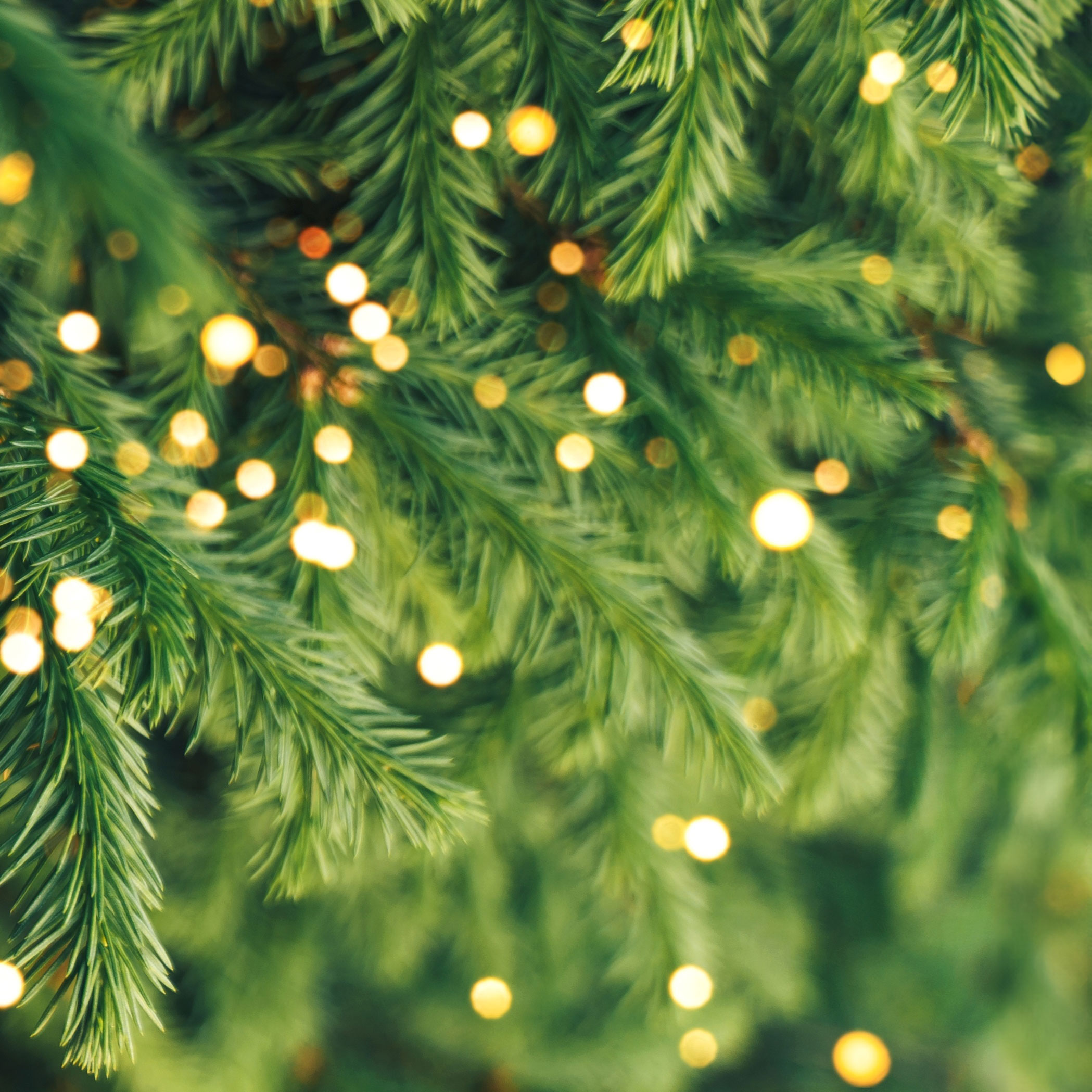 Christmas Tree Looking a Bit Lackluster? This Easy Greenery Hack Makes It Instantly Full, Fluffy and Fabulous
Christmas Tree Looking a Bit Lackluster? This Easy Greenery Hack Makes It Instantly Full, Fluffy and FabulousIf your Christmas tree is is looking a little more sparse than spectacular, don’t panic – this simple fluffy hack, using greenery from your garden, can quickly transform it into something lush and luxuriant
-
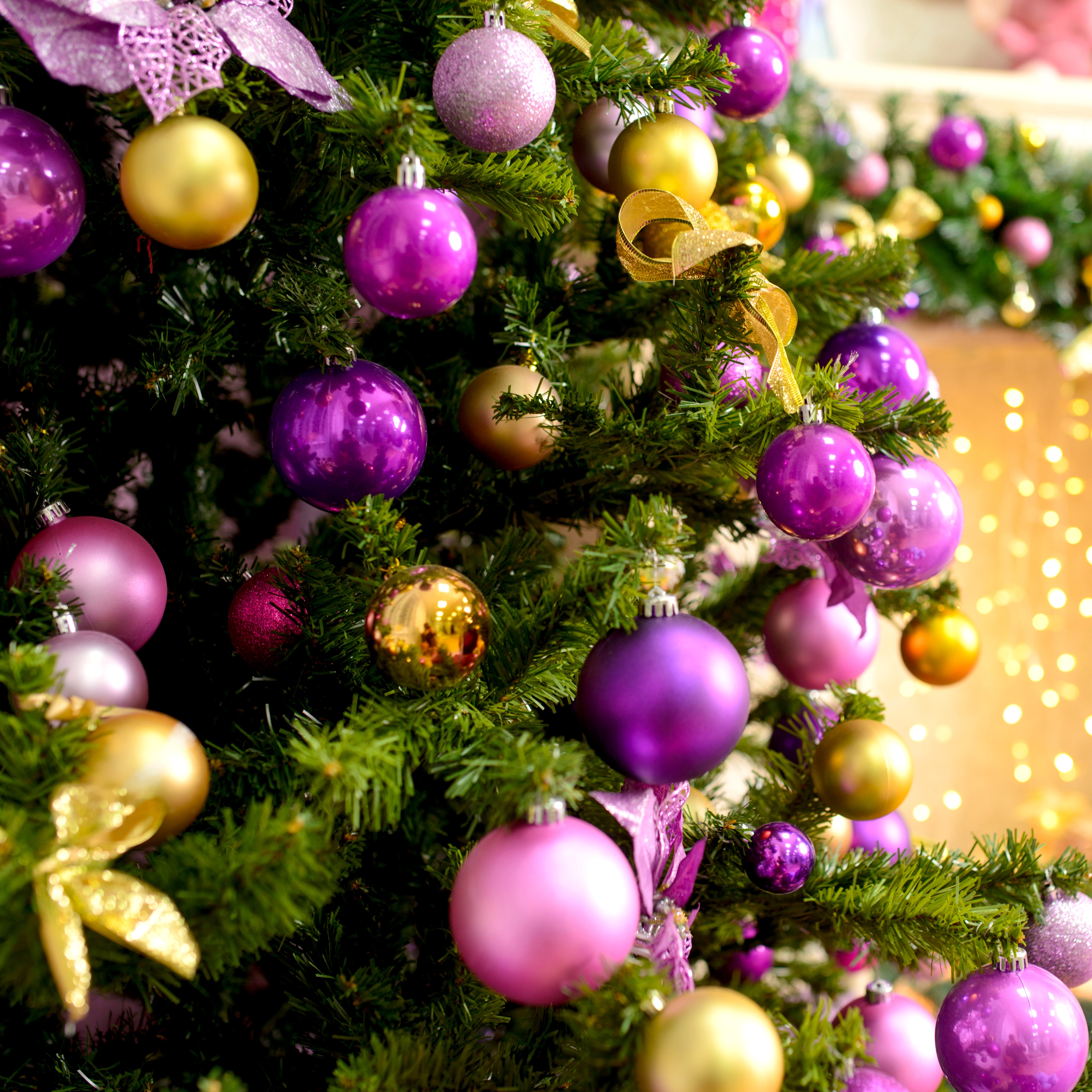 Want to Grow Your Own Christmas Tree? These 6 Fast-Growing Varieties Could Be Ready to Decorate Sooner than You Think
Want to Grow Your Own Christmas Tree? These 6 Fast-Growing Varieties Could Be Ready to Decorate Sooner than You ThinkIt is possible to cultivate your own festive tree if you choose a suitable variety! With a little patience, you can try one of these fast growing Christmas trees for delightful homegrown specimens
-
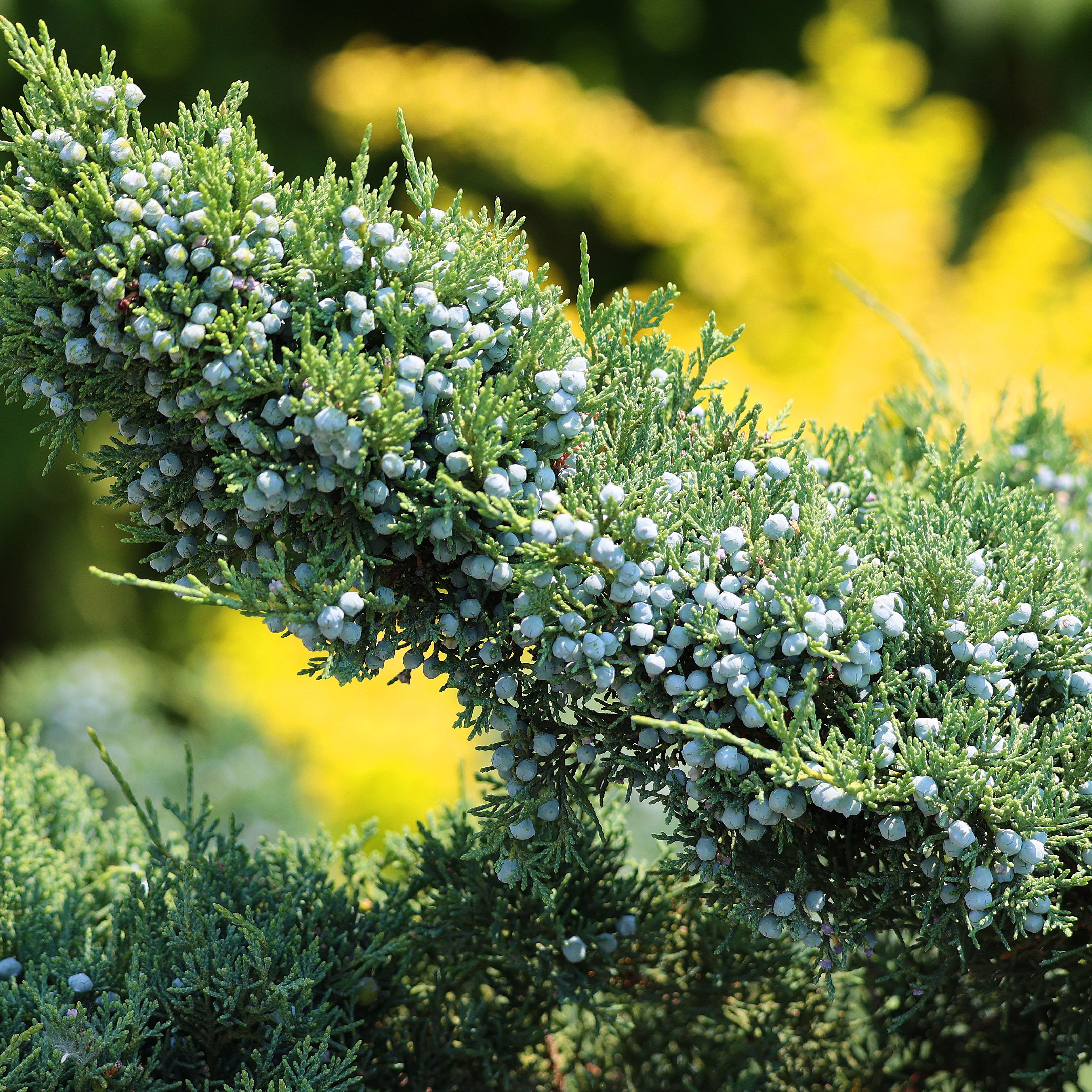 These 6 Fast-Growing Trees Make Beautiful Privacy Fences – Grow a Gorgeous Living Boundary in No Time!
These 6 Fast-Growing Trees Make Beautiful Privacy Fences – Grow a Gorgeous Living Boundary in No Time!Keeping a boundary secure is one thing – but can you have attractive boundaries that grow quickly? Yes, you can, with these fast growing privacy fence trees
-
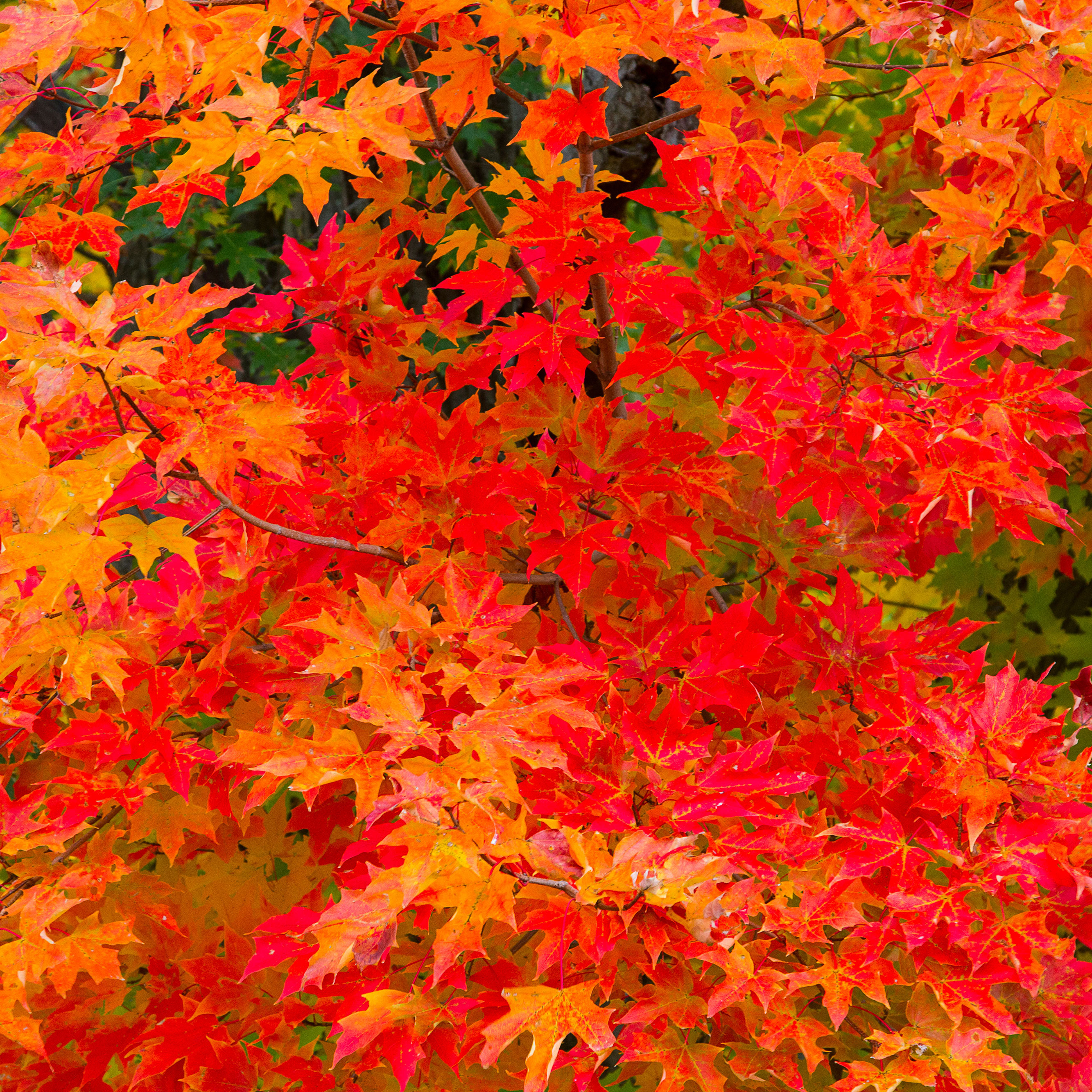 Add Some Fall Sparkle to Dull Corners: 5 Shade-Loving Shrubs and Trees for Sizzling Autumnal Foliage
Add Some Fall Sparkle to Dull Corners: 5 Shade-Loving Shrubs and Trees for Sizzling Autumnal FoliageShade-dwelling trees and shrubs may sound unassuming, but they are more than capable of putting on a show in autumn. You’ll love these vibrant shade shrubs with fall interest
-
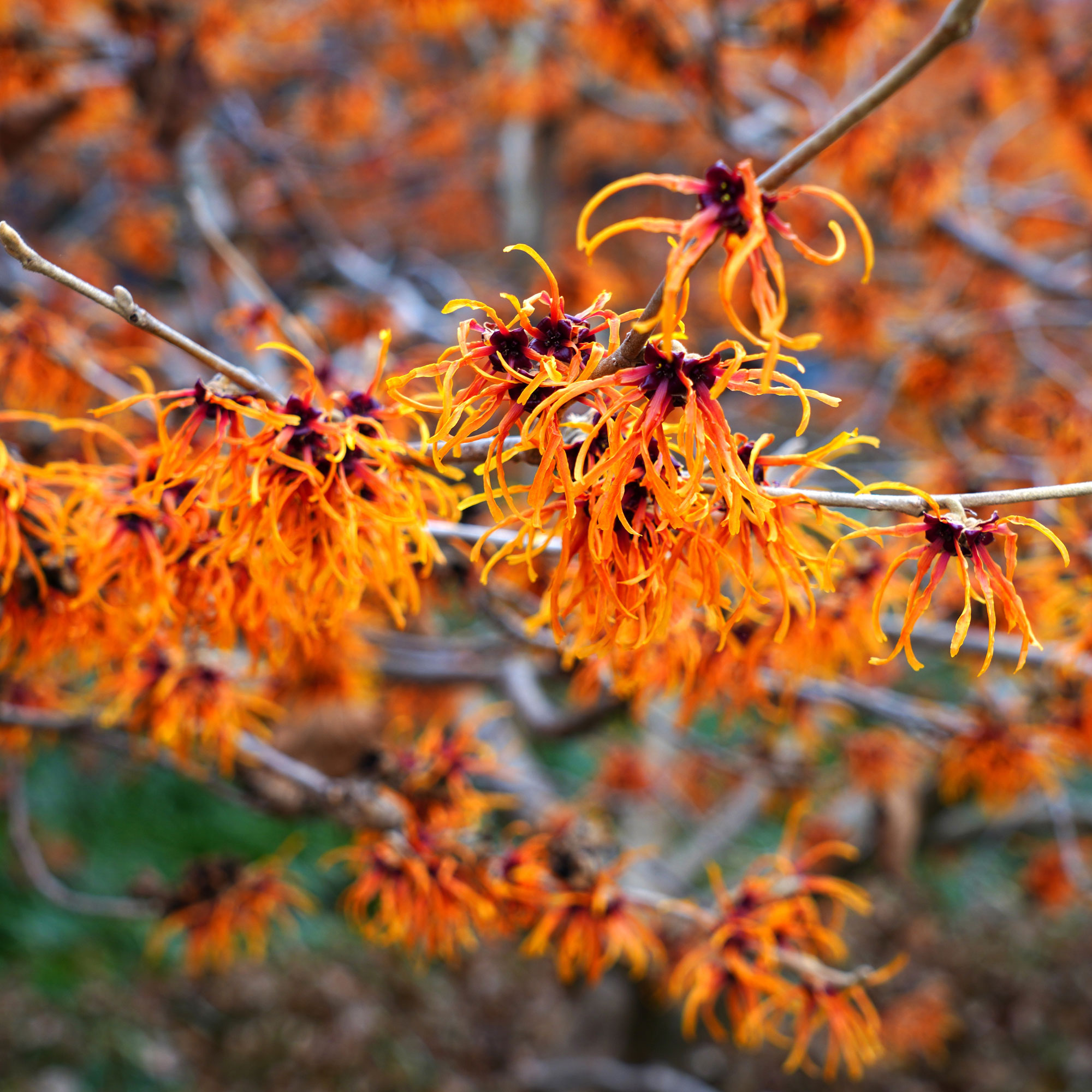 These 4 Fall Flowering Trees Add Sublime Color and Showy Splendor to Any Yard
These 4 Fall Flowering Trees Add Sublime Color and Showy Splendor to Any YardAutumn color is generally associated with vivid leaf tones – but you won’t regret saving some space for late-year bloomers. Here are 4 gorgeous fall flowering trees
-
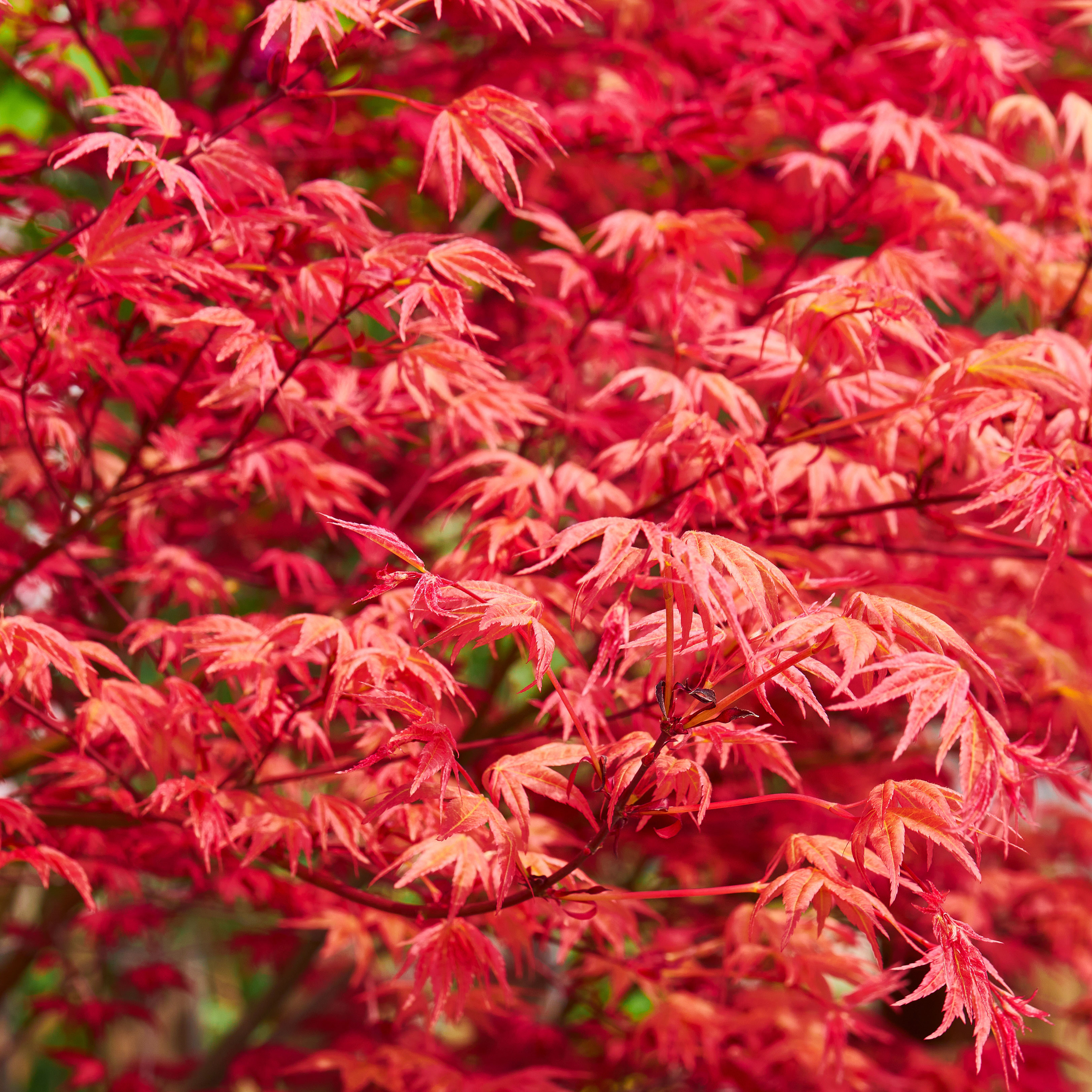 As a Tree Expert, I Always Do These 4 Things for Stunning Fall Color on Japanese Maples – and Never Make These 2 Mistakes
As a Tree Expert, I Always Do These 4 Things for Stunning Fall Color on Japanese Maples – and Never Make These 2 MistakesIf you want to guarantee the most dazzling displays with a Japanese maple in fall, here are 4 key things to do to guarantee success – and 2 things you need to avoid
-
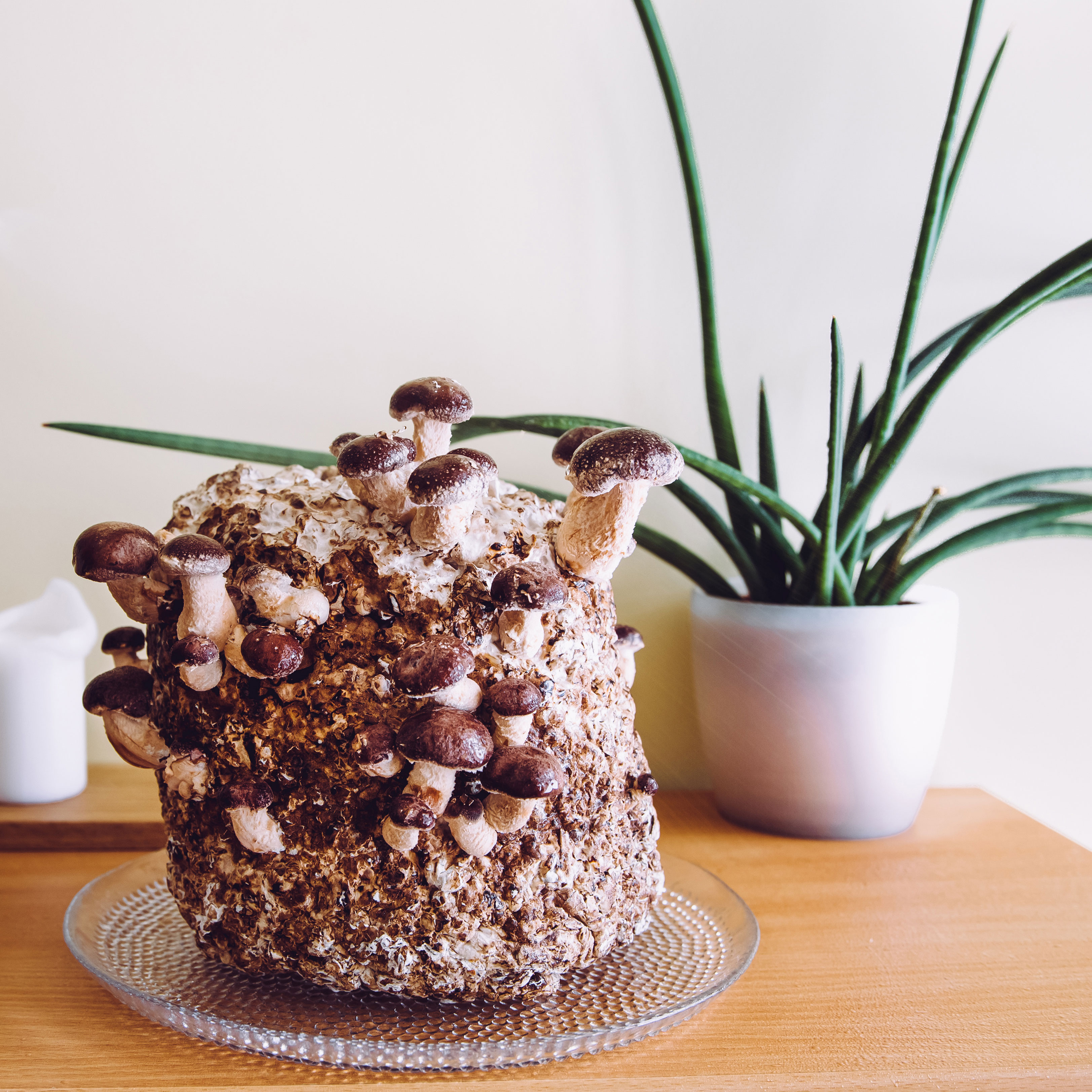 Fall is a Great Time to Grow Gourmet Mushrooms – These 7 Easy Varieties Thrive in Damp Weather
Fall is a Great Time to Grow Gourmet Mushrooms – These 7 Easy Varieties Thrive in Damp WeatherWant to grow some of the most delectable autumn crops in weeks? Here are 7 of the easiest mushrooms to grow in fall, indoors and outdoors – for fleshy, flavorsome crops